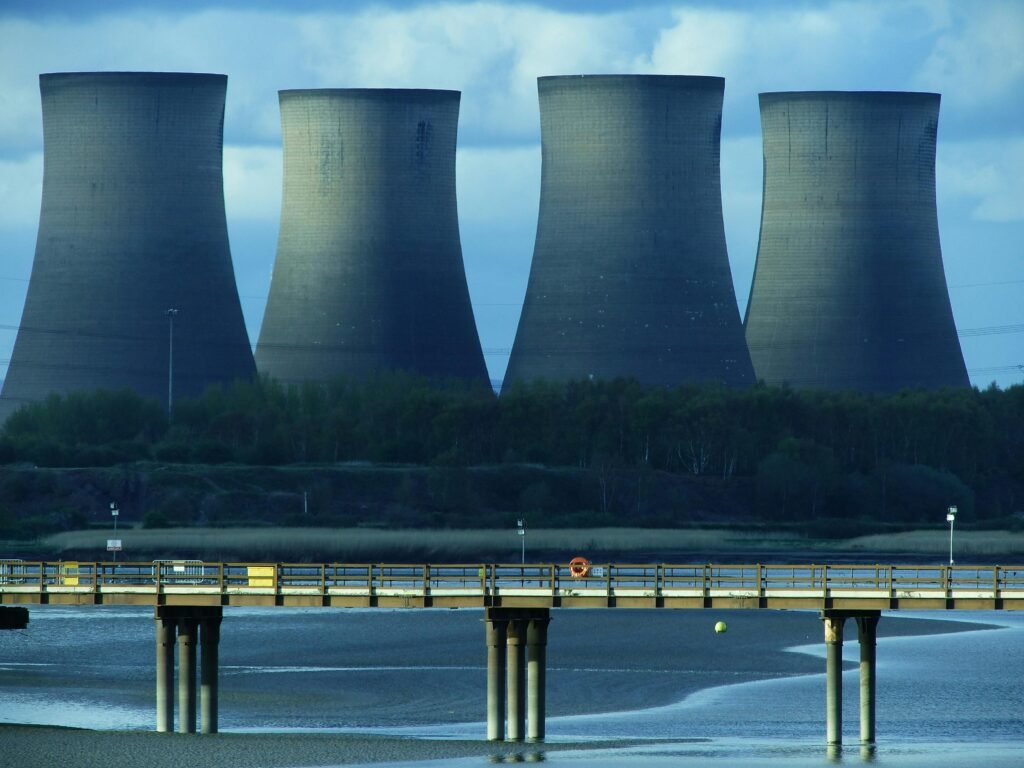Introduction to AI and Climate Change
The world around us is constantly evolving and newer technologies are emerging each day. Amongst them, artificial intelligence has emerged quite prominently in the global efforts to combat climate change. We find growing environmental concerns. So does the urgency to evolve innovative solutions to battle them. The capacity that AI offers to process and analyze large amounts of data can significantly and uniquely boost our depth of understanding and response to climate-related challenges.
One of the important applications of AI to climate change involves predicting when the natural disasters can occur. Advanced algorithms in machine learning are used for analyzing historical data and making it recognize patterns. It, therefore, helps in assisting the forecasting of events like hurricanes, floods, and wildfires with much greater precision. This allows governments and communities to prepare better and thus avoid potential loss of lives and lesser economic damages.
Another application of AI is the optimization of energy usage. Smart grid technologies, adaptive systems, and AI can better utilize the energy to minimize its waste, which in turn helps to bring the carbon footprint down Through the use of renewable energy sources and balancing demand, AI-driven systems can ensure that energy consumption happens in a more sustainable way.
AI systems monitor ecosystems and biodiversity and assist in environmental conservation as well. It may process satellite imagery and sensor data that track changes in forests, oceans, or wildlife habitats. Such real-time monitoring enables rapid responses to environmental threats and strategies for preservation and restoration to be developed.
Let us look at some of the roles of AI.
AI in Predicting and Mitigating Natural Disasters
Nowadays, Artificial Intelligence technologies are guiding us to predict as well as reduce the impacts of natural disasters. This helps us face the disaster in a better way and take proper action. By passing through vast datasets, AI systems analyze diverse forms of information such as satellite imagery, weather patterns, and geological data with even social media feeds to tell us where or when the natural hazards like hurricanes, wildfires, and floods will be coming so that we can take appropriate action.
We can create advanced early warning systems using AI. These systems utilize machine learning algorithms to identify patterns and anomalies that occur before the disasters. For example, using its algorithms and the analysis of the data related to the ocean’s temperatures as well as atmospheric conditions, AI can predict the occurrence and path of hurricanes. Similarly, AI models can monitor vegetation indices and climatic conditions to forecast the likelihood of wildfires. Also, if we add the real time data it would only refine the predictions. Thus, we can get dynamic updates based on which we can take action.
AI-based predictive models also play an important role in informing policy decisions and the optimization of resources during emergency response. Through the use of AI we, we get valuable insights. Based on it, we can improve resilience and adaptability against the growing environmental challenges. As AI technologies advance, their roles in predicting and fighting natural disasters will be an asset for us in the global fight against climate change.

AI in Optimizing Energy and Reducing Emissions
AI has come to a very advanced level in optimizing energy consumption and cutting greenhouse gas emissions. This leads to many different ways of energy systems becoming more efficient; thus, eventually, the carbon footprint would cut down significantly.
AI in Grid
The most significant development of AI is the smart grids that employ AI algorithms to run their energy supply and demand balancing very accurately. These intelligent systems can make predictions on energy consumption patterns, control the flow of power, and optimize the flow of electricity in real-time. Thus, decreasing the amount of waste of energy that has been experienced so far and enhancing the dependability of energy supplies. Moreover, smart grids help the integration of renewable energy sources such as solar and wind power into the grid. This way, it ensures a steady power supply.
AI in Buildings
AI will fetch data from a variety of sensors, analyze it, and learn about the most efficient ways of operating the HVAC system. This will help reduce the operational cost and give lower emissions. For example, machine learning algorithms can train its model to know how many people are present at a particular time within a building. Therefore, it can control the amount of energy to be delivered at a given time. Thus, it consumes power only when it is required.
Click on the link to know how to make your home an energy efficient home.
AI in Renewable Energy Sector
There is an AI that can predict faults arising in the solar panel as well as in the wind turbine before they actually occur. Therefore, we can predict the time taken to maintain equipment. This, in turn, helps in maintaining the steady power output. Apart from this, the advanced AI models may use the geographic and climatic data for optimizing the installation related to renewable energy so that every unit can maximize its efficiency and output.
AI in Industries
Industries are using AI to shift towards cleaner energy solutions. For example, AI will scan industrial processes and identify where one can reduce energy. After this assessment, the firm can introduce AI-led advises to their system and eventually switch to cleaner practices that not only reduce costs but also emissions.

AI in Environmental Monitoring and Conservation
- Artificial Intelligence is also helpful tool in environmental monitoring and conservation. Among the areas where AI is being developed is in the tracking of wildlife populations.
- This would be possible because machine learning algorithms are used to analyze the enormous datasets collected by camera traps, drones, and satellite imagery in terms of monitoring species in their natural habitats. So, it helps one understand population dynamics to identify critical trends that might point to the health or decline of certain species.
- Another significant application of AI is in monitoring deforestation. Sophisticated AI models can process satellite data to detect minute changes in forest cover, often in real-time. Thus, it helps in taking immediate action against illegal logging activities, thereby ensuring better enforcement of conservation laws.
- There are a number of case studies I would like to discuss. For example, in the Amazon rainforest, AI-powered systems have successfully identified and monitored illegal deforestation activities. Thus, allowing conservation authorities to take appropriate action in time. Similarly, in Africa, AI algorithms have managed to analyze certain patterns about poaching activities that tend to hit endangered species such as elephants and rhinos.
Overall, AI is a very powerful tool that we can use to our advantage in developing accurate solutions. This would go a long way toward preserving the biodiversity of our planet and ensuring a sustainable future.
AI and the issues of climate change can be associated to analyze and develop proactive solutions to fight back against this challenge of climate change before us.
Do not forget to share your thoughts by commenting below.






